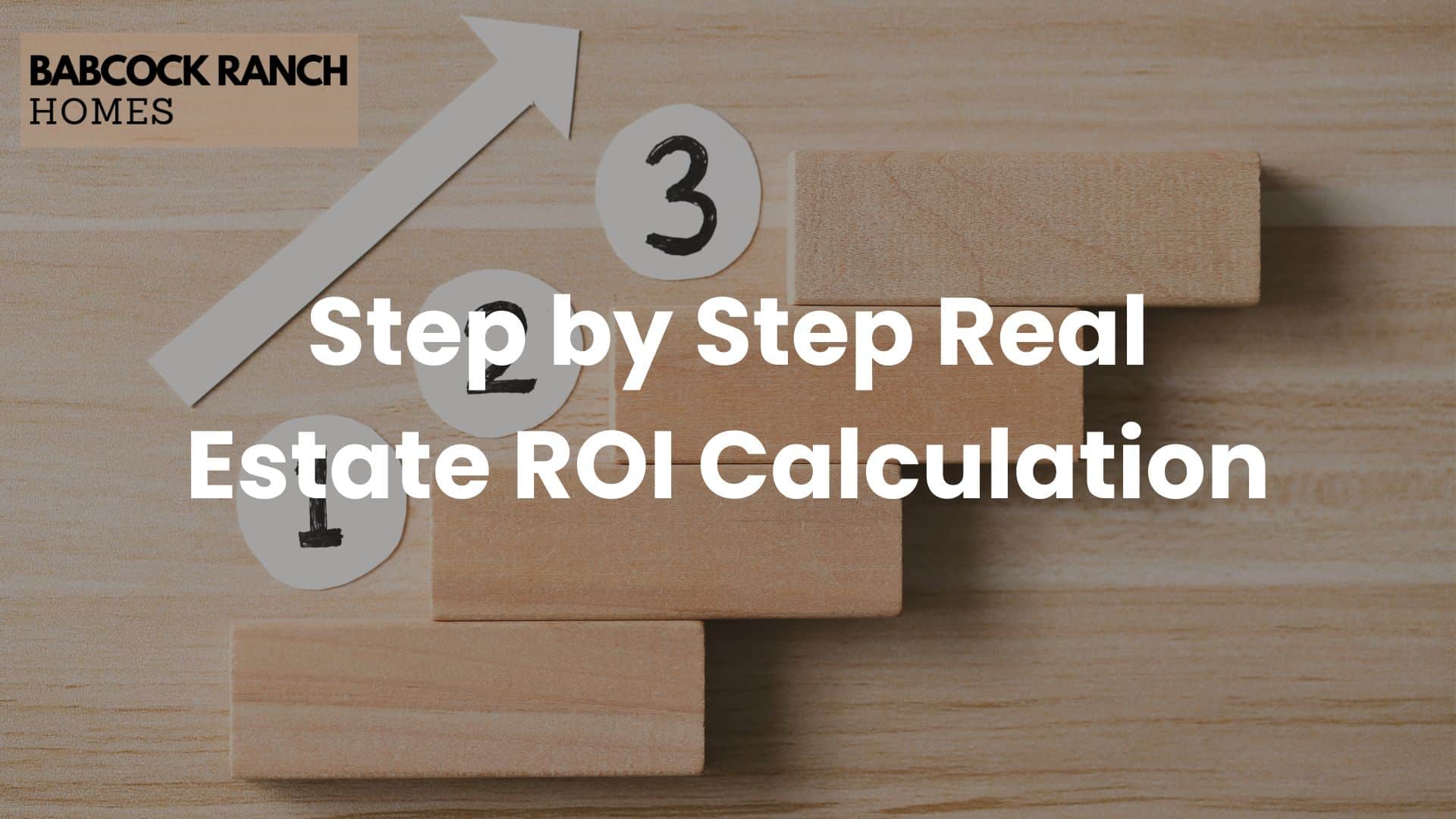A property survey acts as a roadmap for land ownership, outlining precise boundaries and structural details. These two-dimensional plans include critical markers like easements, measurements, and legal references. For residents in Babcock Ranch, Florida, reviewing this document ensures clarity about what you own and where your rights begin.
Babcock Ranch Homes, a trusted local expert at 518-569-7173, emphasizes the value of these surveys. Whether you’re buying land or verifying existing lines, the illustration’s legend and scale simplify complex data. Key elements like compass bearings and symbols decode the map’s story, revealing hidden features that impact property use.
This guide breaks down each part of a survey plan. You’ll learn to identify boundary markers, interpret measurement references, and spot easements affecting your land. By combining industry standards with practical examples, the process becomes less intimidating for first-time buyers and seasoned investors alike.
Key Takeaways
- Property surveys define boundaries and structures with legal precision.
- Legends decode symbols, while scales maintain accurate proportions.
- Easements and bearings impact land usage rights.
- Local experts like Babcock Ranch Homes provide region-specific insights.
- Understanding these documents prevents future ownership disputes.
Overview of Property Surveys
Land ownership hinges on precise documentation that clarifies rights and limitations. A land survey serves this purpose by mapping physical features and legal parameters. Babcock Ranch Homes, Florida’s trusted resource since 2018, helps clients interpret these technical plans to avoid costly misunderstandings.
The Importance of Understanding Surveys
Boundary lines determine where your control begins and ends. Surveys use symbols like dashed marks for fences or shaded zones for easements. Without grasping this visual language, you might overlook restrictions affecting construction or landscaping plans.
“A survey’s legend translates abstract marks into actionable insights,” notes a Babcock Ranch Homes specialist. “Misreading a single symbol could lead to disputes with neighbors.”
Key elements include:
- Reference points: Permanent markers verify your address and parcel location
- Scale indicators: Ensure accurate distance calculations between structures
- Legend codes: Explain abbreviations like “BM” (benchmark) or “E” (easement)
| Symbol | Meaning | Impact |
|---|---|---|
| ▬▬│▬▬ | Fence Line | Defines shared maintenance areas |
| ///// | Easement Zone | Restricts building rights |
| ● | Iron Rod | Permanent boundary marker |
Company Background & Local Expertise
Babcock Ranch Homes combines statewide surveying standards with hyperlocal knowledge. Their team understands Florida’s unique terrain challenges, from wetland buffers to hurricane-resistant structure guidelines. This expertise ensures clients receive surveys that reflect both legal requirements and practical land use needs.
Understanding Key Elements of Land Surveys

Land surveys transform complex legal descriptions into visual guides. Two components shape their clarity: symbols in the legend and precise geometric markings. Mastering these elements turns cryptic charts into actionable insights for landowners.
Deciphering the Survey Legend
A survey’s legend acts as its dictionary. Common symbols include triangles for elevation points and parallel lines for fences. Easements often appear as shaded zones with diagonal stripes, while building setbacks might use dotted borders.
“Legends bridge the gap between technical jargon and practical understanding,” explains a Florida-licensed surveyor. “Misinterpreting a single icon could mean violating zoning laws.”
| Symbol | Meaning | Purpose |
|---|---|---|
| ◊ | Survey Monument | Marks verified boundary corners |
| ▬∙∙▬ | Underground Utility | Shows buried cable/pipeline locations |
| |||| | Flood Zone | Indicates water risk areas |
Interpreting Boundary Lines and Measurements
Boundary markers appear as solid lines with angular notations. A typical entry might show “N45°E 200.00 FT,” meaning 200 feet northeast at a 45-degree angle. These measurements determine exact parcel shapes.
Square footage calculations often use coordinate geometry. For example, a trapezoidal lot might list four GPS points with azimuth angles. Scale indicators (like 1″=50′) ensure accurate distance conversions.
Subtle details matter. A missing iron rod marker or misaligned fence could signal encroachment issues. Regular verification with local records maintains boundary integrity over time.
How to Read a Property Survey

Navigating a property survey requires attention to visual cues and legal annotations. Start by locating colored markings: neon green often highlights existing buildings, while dashed red lines typically outline easement areas. Boundary monuments appear as solid triangles or circles, often accompanied by precise GPS coordinates.
Identifying Structures, Easements, and Fences
Structural details use distinct patterns. Fences might appear as parallel lines with hatch marks, whereas underground utilities could show dotted blue borders. Easements differ from ownership lines—they grant limited access rights to third parties like utility companies.
| Color | Element | Significance |
|---|---|---|
| Red | Easement | Restricts permanent construction |
| Green | Structure | Shows existing buildings |
| Blue | Water Feature | Indicates drainage areas |
Analyzing the Written Report & Surveyor’s Certificate
The accompanying text validates the illustration’s accuracy. Look for the surveyor’s license number and seal in the certificate—these confirm adherence to state standards. Notes often clarify ambiguous markings, such as “30′ utility easement along northern boundary.”
“A valid certificate transforms lines on paper into legal evidence,” states a certified Florida surveyor. “Always verify its presence before finalizing land transactions.”
Measurements list distances between markers using feet or meters. For example, “N 200.50 FT” specifies a northern boundary extension. Cross-reference these figures with the graphic scale to spot inconsistencies.
Mastering this dual analysis—visual and textual—empowers owners to confirm their rights and responsibilities. Regular reviews with professionals ensure documents remain current with zoning changes or natural shifts in terrain.
Practical Tools and Tips from Professional Surveyors

Professional surveyors rely on specialized tools to turn complex data into actionable insights. These methods ensure precise interpretations of legal documents and physical markers. Let’s explore techniques that simplify analysis while maintaining accuracy.
Utilizing the Scale, Compass, and Map Details
Scale indicators convert paper measurements to real-world distances. For example, a 1:100 ratio means 1 inch equals 100 feet. Pair this with compass bearings to verify directional alignments. If a boundary line reads “N30°E 150 FT,” use a protractor to confirm the angle matches your plan.
“Scale accuracy separates reliable surveys from guesswork,” notes a Florida land surveyor. “Even minor deviations can misrepresent structures or boundary lines.”
Spotting Critical Land and Boundary Features
Focus on symbols for easements, marked as striped zones, and dashed lines indicating shared fences. Building setbacks often appear as shaded rectangles with measurements like “15′ BSL” (Building Setback Line). Compare these to local zoning codes for compliance.
| Tool | Application | Example |
|---|---|---|
| Engineer’s Scale | Verify land area | Calculating lot dimensions |
| Magnetic Compass | Align boundaries | Confirming fence angles |
| GPS Plotter | Pinpoint markers | Locating iron rods |
Understanding Legal Descriptions and Measurements
Legal descriptions use metes and bounds – precise directional terms and distances. Phrases like “beginning at the NW corner” establish starting points. Cross-reference these with the illustration to spot discrepancies between written and graphic data.
- Check for surveyor seals and dates to validate documents
- Use digital tools like GIS maps to overlay current features
- Measure twice when verifying distance between markers
Mastering these practices helps identify encroachments or zoning conflicts early. Partnering with licensed surveyors adds an extra layer of verification for critical transactions.
Conclusion

Decoding a land survey ensures clarity in ownership rights and responsibilities. Legends, boundary lines, and legal descriptions work together to map your property’s story. The written report and surveyor certificate validate these details, turning technical drawings into enforceable records.
Always verify features like easement zones and structural location markers. Tools such as scale indicators help confirm distances between boundary points. Cross-referencing these elements prevents disputes over land use or shared area access.
Babcock Ranch Homes brings localized expertise to every survey analysis. Their team clarifies complex structures and zoning rules specific to Florida’s terrain. For confident decisions, review documents thoroughly and consult professionals when questions arise.
Ready to explore your property’s full potential? Contact Babcock Ranch Homes at 518-569-7173. Their specialists simplify survey interpretation, ensuring your address aligns with legal and practical realities.




















